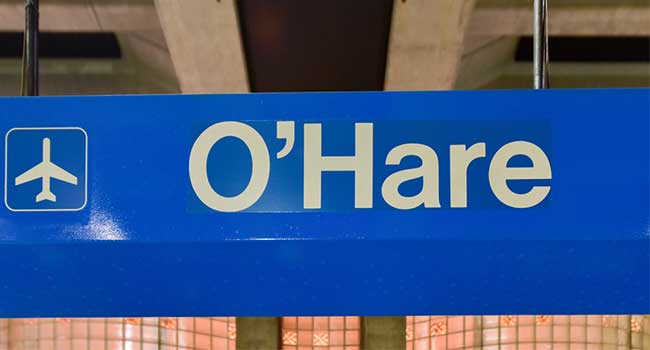
Chicago Airport Security Officers to Shed 'Police' Label after United Fiasco
In a video clip taken on-board a United Airlines flight, men seen wearing saying “police” dragged a man down the aisle of the plane.
It’s been more than three months since the crew of a fully-booked United Airlines flight asked already-boarded passengers to give up their seats for United Airlines staff members creating chaos and a video that would be shared around the world.
The video followed passenger David Dao who refused to give up his paid-for seat and the Chicago airport security officers, wearing jackets with the word “POLICE” stitched in capital letters across the back, who forcibly removed him from the place, dragging him down the aisle bleeding and bruised.
The video has since been seen millions of times and the Chicago Department of Aviation has been trying to fix the obvious problems that were highlighted in the incident that played out on-board the plane.
Recently, the department has overhauled its security protocols to stress that airport security officers will not be called to an aircraft for customer-service matters and will not be allowed on board unless there is an immediate medical emergency or physical threat.
In addition to the new security protocols, the airport will be removing the word “POLICE” from the security officers’ uniforms. The department conceded on Wednesday, July 12, that the uniforms had been “improperly” marked. It vowed to remove the word from the uniforms, vehicles and other insignia in the coming months.
The report that ultimately conceded that the security officers were improperly marked, also outlined steps to be taken in case a similar incident happened again.
A new directive said that airport security officers will be sent to planes only to respond to a disturbance when Chicago Police requests them. A city ordinance that will go into effect this month will also — with a few exceptions — prevent security officers from removing passengers from an aircraft.